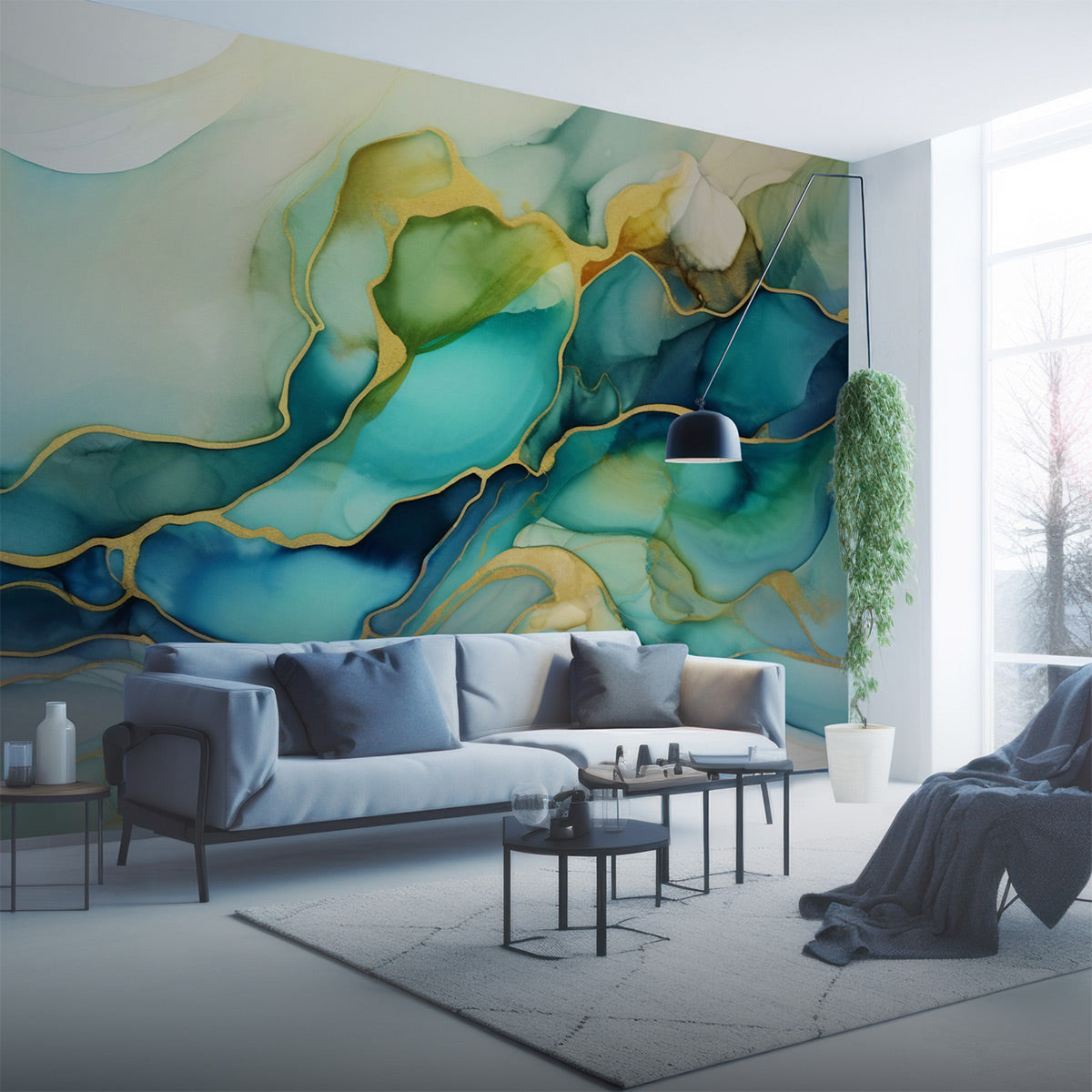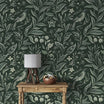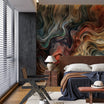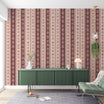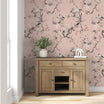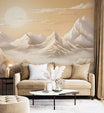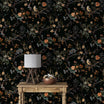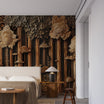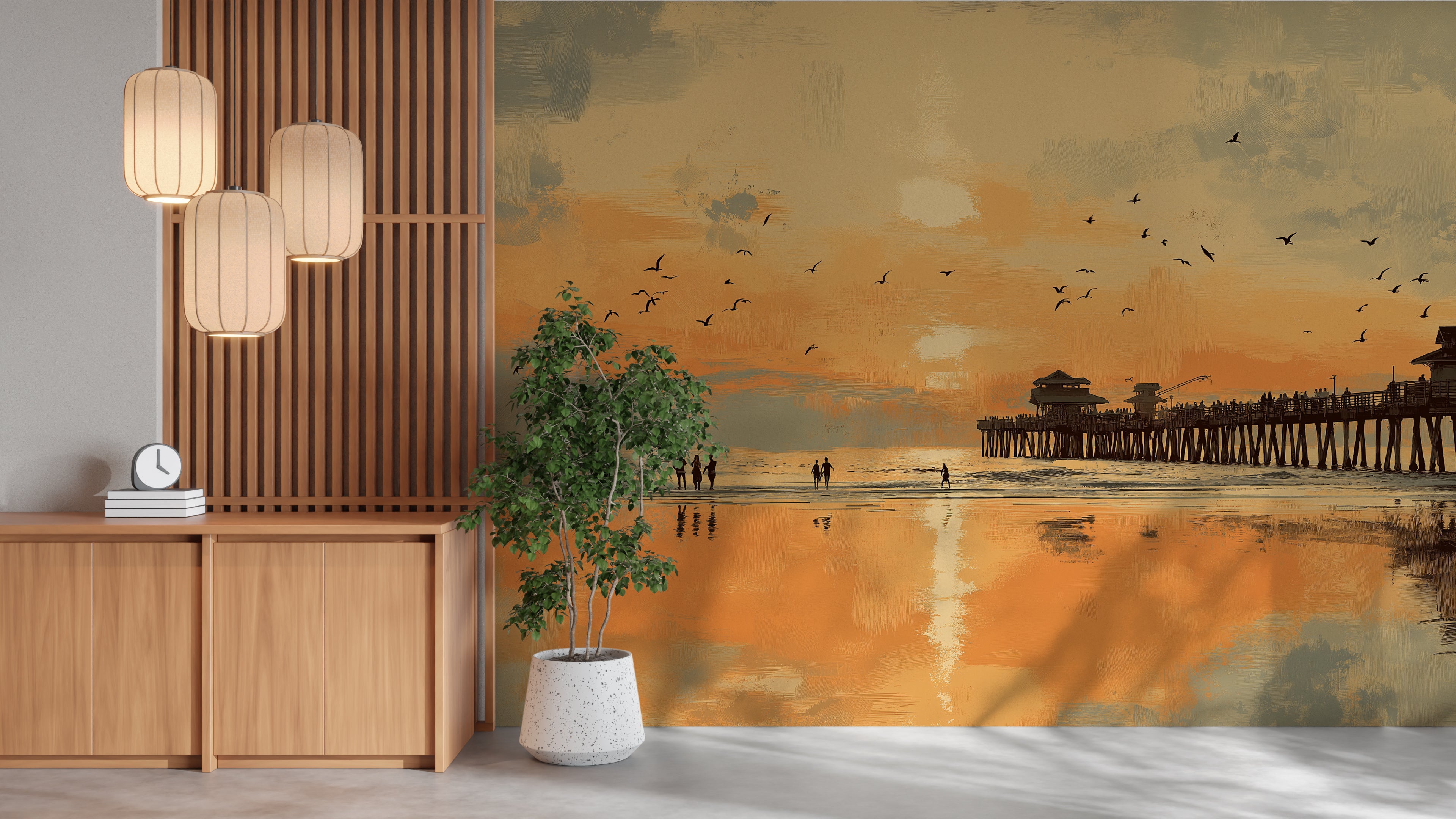Wallpaper on textured walls
Textured walls can add character and charm to any room, but they can also pose a challenge when it comes to decorating. While traditional wallpaper may struggle to adhere to uneven surfaces, with the right techniques and products, it's entirely possible to achieve stunning results. In this article, we'll explore the ins and outs of installing wallpaper on textured walls, empowering you to transform your space with confidence.
Understanding the Challenge
Before diving into the installation process, it's essential to understand the nature of textured walls. Whether your walls feature subtle stippling or bold plaster patterns, these irregularities can create air pockets and gaps that make traditional wallpaper difficult to apply. As a result, it's crucial to choose the right type of wallpaper and employ the correct techniques to ensure a smooth and long-lasting finish.
Choosing the Right Wallpaper
When selecting wallpaper for textured walls, opt for options specifically designed for this purpose. Look for peel and stick varieties with a thicker, more flexible backing, as these are better equipped to adhere to uneven surfaces. We recommend to choose Vinyl based wallpaper. Ask our team for more information!
Preparing Your Walls
Proper preparation is key to a successful wallpaper installation on textured walls. Start by thoroughly cleaning the walls to remove any dirt, dust, or debris that could interfere with adhesion. Next, use a high-quality primer designed for textured surfaces to create a smooth, uniform base for the wallpaper. Allow the primer to dry completely before proceeding.
Applying the Wallpaper
When it comes time to apply the wallpaper, take your time and work methodically to ensure the best results. Carefully peel back a small section of the backing and gently press the wallpaper onto the wall, smoothing out any air bubbles or wrinkles as you go.
Finishing Touches
Once the wallpaper is applied, use a smoothing tool or squeegee to press it firmly onto the wall, ensuring good contact with the surface. Pay special attention to the edges and corners, using a utility knife or scissors to trim any excess wallpaper for a clean, polished finish. Finally, allow the wallpaper to dry completely before moving or decorating the space further.
Embrace the Possibilities
While installing wallpaper on textured walls may require a bit more effort and attention to detail, the end result is well worth the investment. By choosing the right wallpaper, preparing your walls properly, and employing the correct techniques, you can transform even the most challenging surfaces into works of art. So don't let textured walls hold you back – embrace the possibilities and unleash your creativity with wallpaper that's as unique and dynamic as you are.
